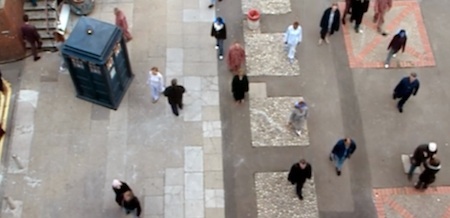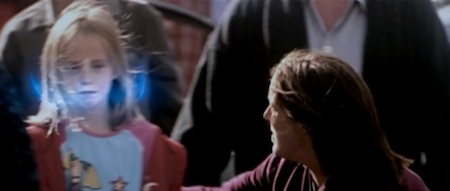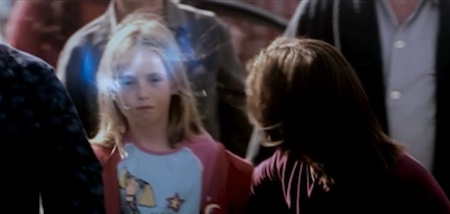Saw Leonard Cohen last night at the Barclays Center in Brooklyn. We had third row seats near the center, which means we were quite close to the man himself. The tickets were not cheap, but they were easily worth it.
I would have gone just for the sacred privilege of seeing Mr. Cohen, standing on stage with his acoustic guitar, singing “Famous Blue Raincoat” (for my money the greatest song ever written). But there were also many other classic songs in the line-up, including “So Long Marianne”, “Everybody Knows”, “The Future”, “In My Secret Life”, “I’m Your Man”, “If It Be Your Will”, “Anthem”, “Bird on the Wire”, “Tower of Song”, “Dance Me to the End of Love”, “Chelsea Hotel #2”, and of course “Hallelujah” and “Suzanne”, as well as a nice selection from the new album.
All around me the audience was a sea of ecstatic faces. The concert was nearly four hours long, and it felt like it was all over in a flash.
You may know that Cohen once spent five years in seclusion studying Zen Buddhism (he is an ordained Zen Buddhist monk), and it shows. He somehow manages to be calm, playful, reverent and joyful all at once. This quality seeps into not just his singing but his entire stage presence, and flows out to the audience.
But the strangest thing to me was the completely unexpected emotional effect all this had upon me. Having seen Leonard Cohen in concert before, I wouldn’t have been surprised if I had felt elated, or peaceful, or, you know, some kind of New Age-y sort of floating thing. But my reaction wasn’t like that. No, nothing like that at all.
Rather, as I watched this remarkable seventy eight year old man take us through his decades long playbook to revisit songs of emotional wisdom, my mind went to another place entirely.
I thought of people I have known — those I have tried so hard to please, and others who have been kind to me. I thought about the times I have been so desperate to be liked by the former, while taking the latter for granted. And watching this man who has so unerringly followed his own inner voice, I asked myself “what the hell was I doing?”
It’s a bit hard to put into words, but the core insight is this: Leonard Cohen, for all his veneer of graciousness, is fierce — he is a warrior. And he didn’t get that way by caring what anybody else might think, or whom he might need to please. Rather, his body of work is a commitment to asking, about hard emotional questions: “what is real, here before me?”, rather than “what would I like to be real?”
As I absorbed this insight, I felt myself reassessing my own priorities, letting go of people whose good opinions I have vainly coveted — in my mind I could feel myself walking away without a backwards glance — and shifting that energy toward cherishing those who have been truly there for me.
If that’s not a kind of enlightenment, I don’t know what is.




